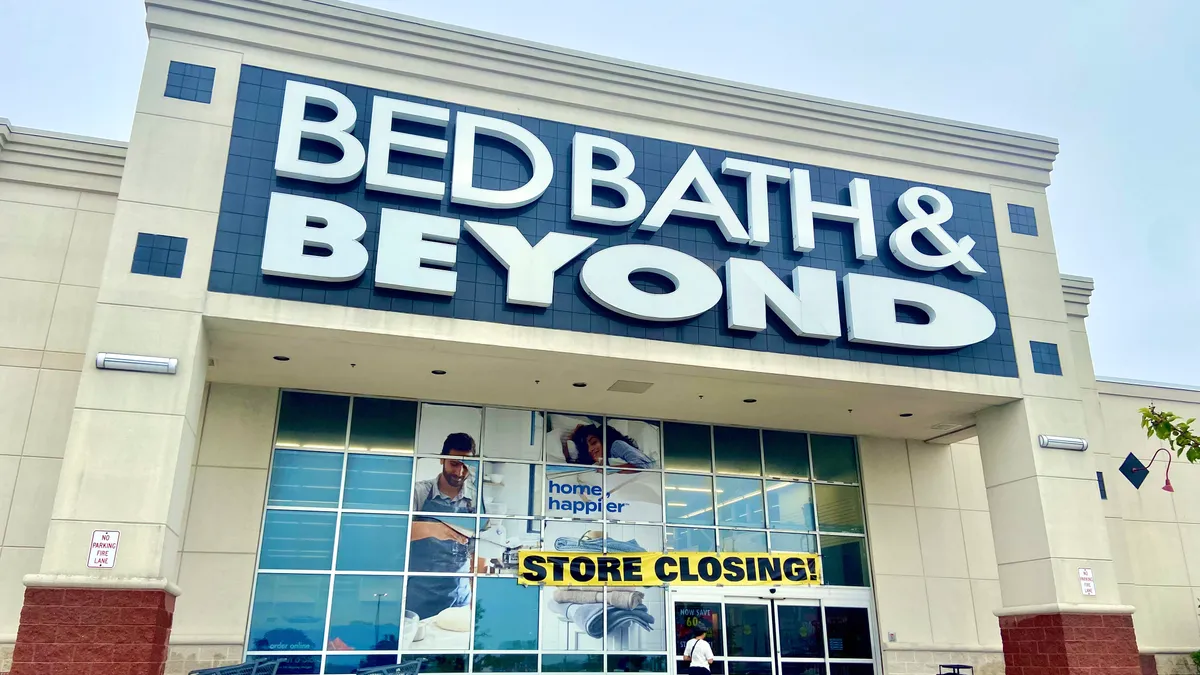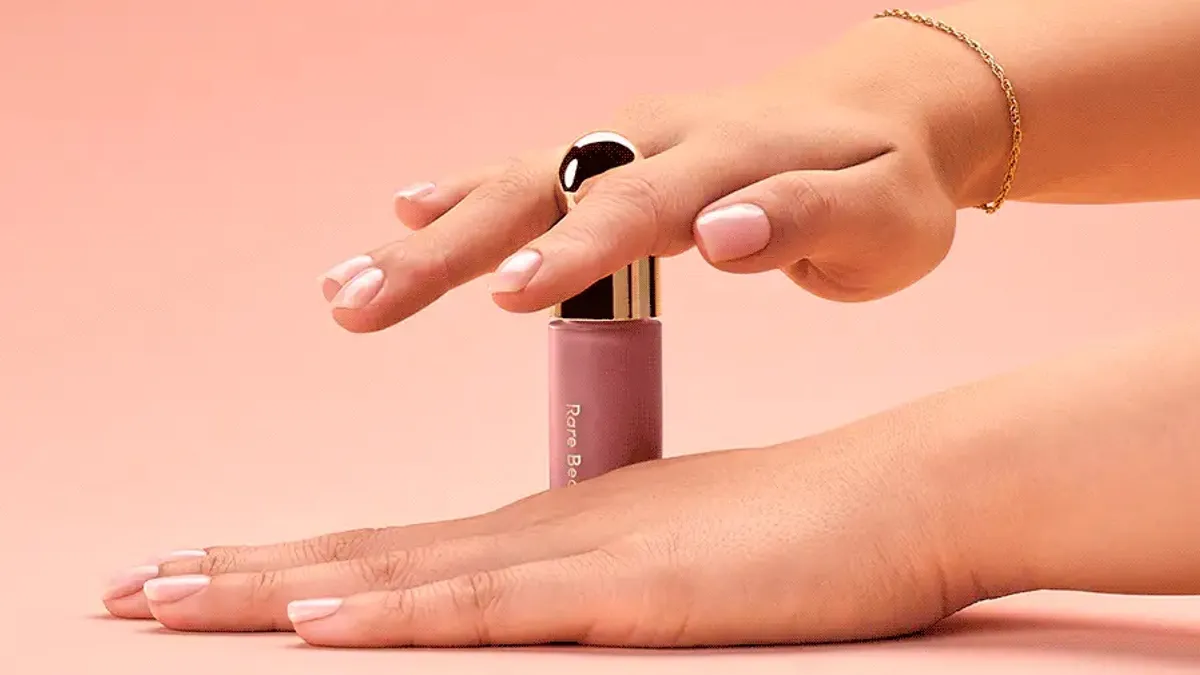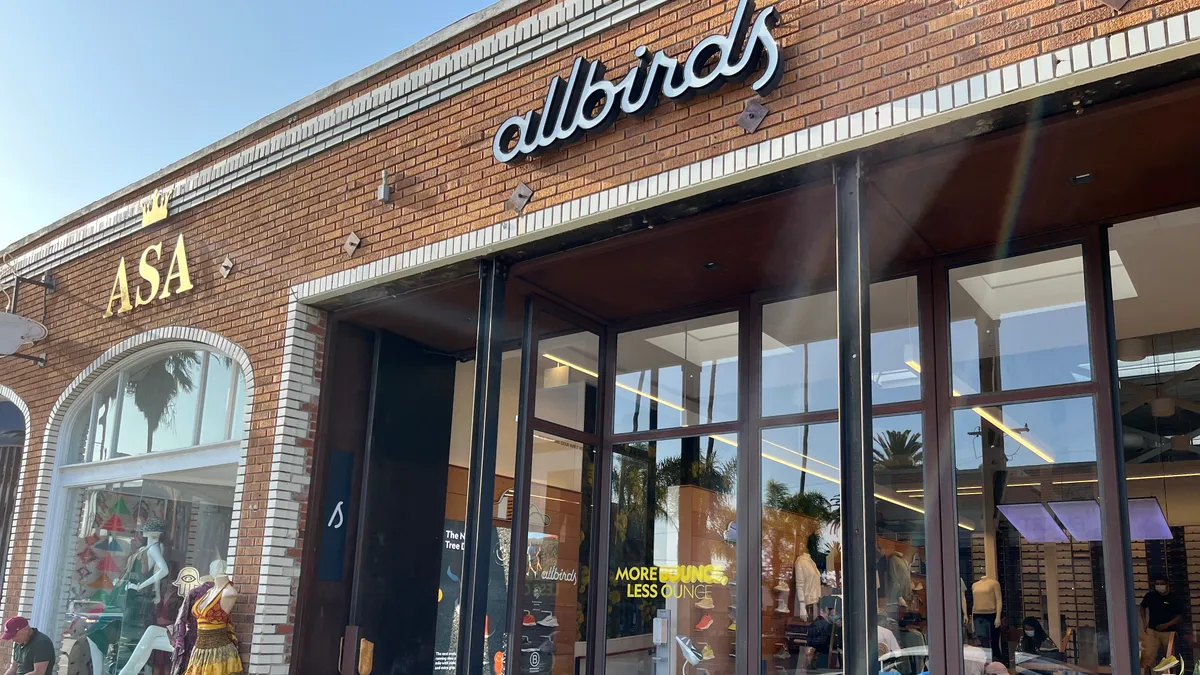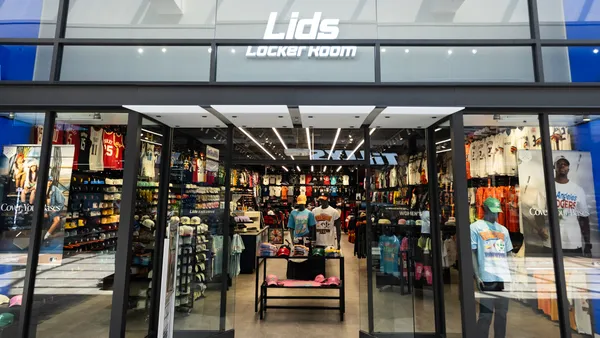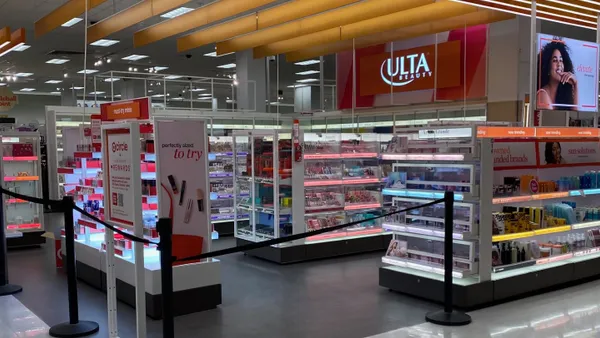Dive Brief:
- Beyond is cutting SKUs and vendors as its sales continue to fall, the company said on an earnings call Tuesday. Bed Bath & Beyond cut its SKU count from 12 million to under 6 million by November and cut an additional 1 million SKUs and 800 vendors in December, Beyond President Dave Nielsen said.
- Fourth-quarter net revenue fell 21% to $303 million, while net revenue for the year was down 10.6%, per a company press release. The retailer narrowed its losses, ending Q4 with a $43 million operating loss and an $81 million net loss. For the year, operating loss was $191 million, while net loss came in at $259 million.
- As teased earlier this month, Beyond said Tuesday it’s exploring an expansion into financial, insurance and personal record keeping through tokenization of some assets and creating a blockchain-based service for consumers that would offer a secure digital storage of personal life information, like financial and estate planning records.
Dive Insight:
Executive Chairman Marcus Lemonis on Tuesday offered investors and analysts a reality check on what to expect regarding performance for the remainder of the year as the company pursues multiple avenues to profitability.
“We believe there are several months where we think there is a real good shot at reaching profitability in that specific month,” Lemonis said during an earnings call. “I don’t think we’ll be profitable for the year. It is our goal. It is our hope. We’re going to do all the things that are necessary.”
Those steps include the retailer’s SKU and vendor streamlining efforts. The company is also working to address friction points in the Overstock experience and has entered an agreement with an unnamed tech partner to improve the site experience and responsiveness.
Beyond reported 5.4 million active customers, a 4% year-over-year decline, and 1.7 million orders delivered, a 34% decline. However, the average order value during the quarter rose nearly 20% to $181 from $151 the prior year.
“We believe there's a bias to growth ahead largely from the ramp of recently acquired brands (Zulily and Buy Buy Baby) as well as better site merchandising from reallocation of SKUs between Bed Bath and Overstock,” Jefferies analysts led by Jonathan Matuszewski said of customer acquisition in a Monday note. “That said, if the December run-rate for ad spend percent of sales is intended to persist ahead, ’25 has potential to be a year for limited customer growth as profitability is prioritized.”
Although Beyond’s performance has lagged in recent quarters, Lemonis said during the call that “the worst is absolutely 100% behind us … if the world stays the way it is today.” The company has leveraged several deals over the last year that expanded its brand portfolio.
Last March, it acquired the intellectual property and brand assets of Zulily for $4.5 million. Earlier this month, it closed on a strategic partnership with Kirkland’s that calls for opening a handful of brick-and-mortar stores under the Bed Bath & Beyond banner. The move will return the brand name to physical stores about two years after they disappeared following Bed Bath & Beyond’s 2023 bankruptcy. On Monday, the company confirmed it closed a deal to acquire BuyBuy Baby for $5 million.
However, the results so far following the buying spree are unimpressive, Neil Saunders, managing director of GlobalData, said in emailed comments. That’s due in part to a lack of brand traction. Saunders said Beyond’s brands lack consumer awareness, curation, exclusivity and differentiation. They also fail to offer a great value proposition.
While Beyond is on the right track by reducing SKUs and cutting vendors, which helped reduce losses, “the moves are still a long way from delivering success and they are not creating a more engaging customer experience,” Saunders said.



